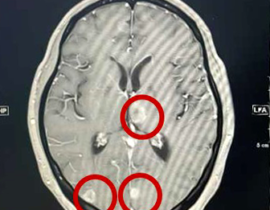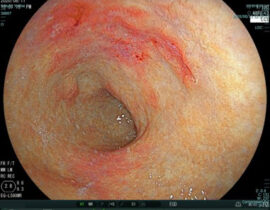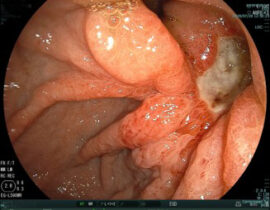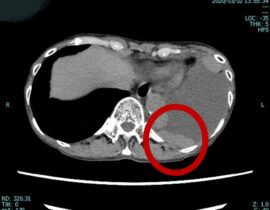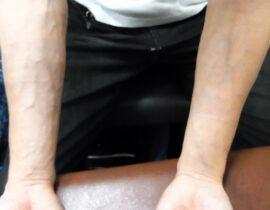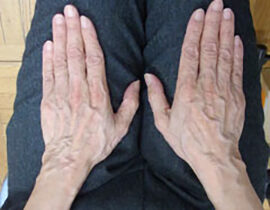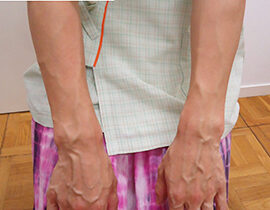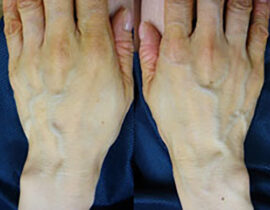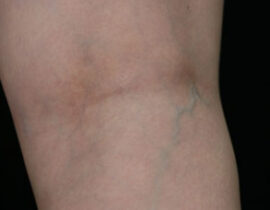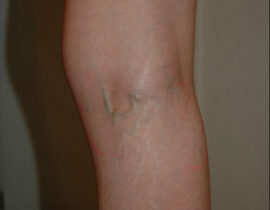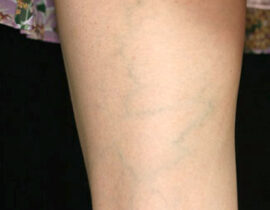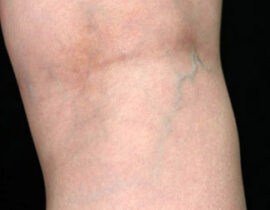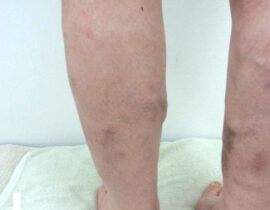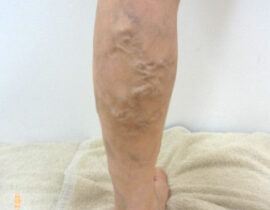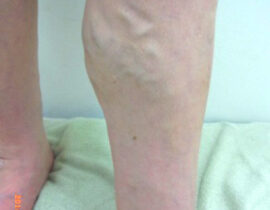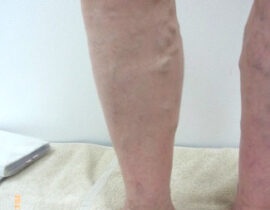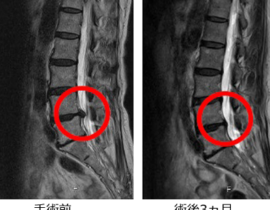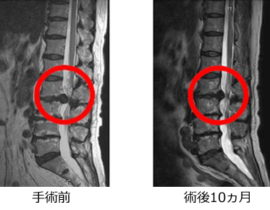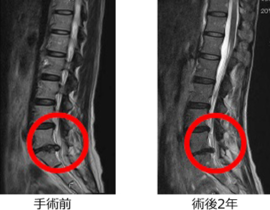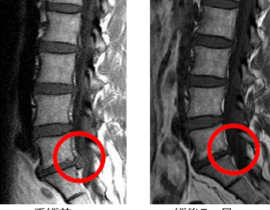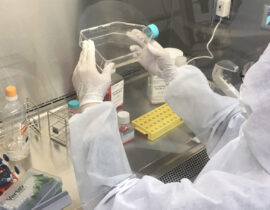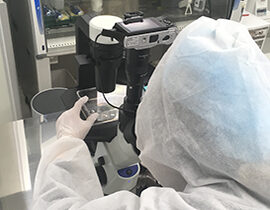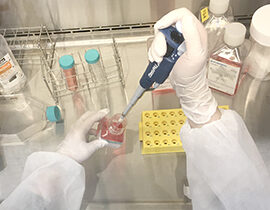Various models of laser machines used for treatmentdoctor-blog
Having pioneered and established radical day treatment of varicose vein, we at D clinic are dedicated to provide the most modern and highest quality treatments.
Year after year, we continually develop the most sophisticated laser technologies for our ever-evolving treatments. Our primary focus has always been to refine the performance of our laser technology via wavelength research. We seek to find the perfect lasers to provide the highest curative effects with the most efficient tissue absorption rate. Currently, we utilize four models of laser machines of varying wavelengths: 980nm, 1320nm, 1470nm, 2000nm. These models have greatly varying absorption ratings. If we use the 980nm model as a baseline and rate it as a 1 absorption rating, the 1320nm, 1470nm, and 2000nm models respectively have 15, 40 and 300 absorption ratings. As you can see, our 2000nm laser provides nearly 10 times the absorption than that provided by the insurance-covered 1470nm model.
Other than the material, construction, and quality of modes of laser machines, the primary factor of efficacy of laser treatment is choosing the best wavelength for each case. Thus, the experience and judgment of a doctor ultimately determines the treatment outcome.
In 2004, 1320nm laser machines were introduced to Japan by CoolTouch of USA. With these machines, subcutaneous bleeding was small. However, due to its short wavelength compared to subsequent laser technologies, it has a rather poor absorption rating. Consequently, we believe there are currently superior options. Although the CoolTouch 1320nm wavelength laser is often deemed fifth generation technology, it still remains in use today. From 2005 to 2007, we utilized this laser at D clinic, however we have since replaced it with higher wavelength models.
The 1470nm laser is usually equipped with a radial two ring fiber, which heightened its therapeutic effect over the 980nm laser. However, when considering wavelength as the most important factor in determining a laser’s therapeutic effect, the 1470nm model is still not the most effective machine. Regardless, one of this model’s advantage is treatment its lower costs to the patient due to it being covered by insurance. On the other hand, the initially low cost of treatment is comes with some inconveniences, including insurance constraints such as the limitation to only one vein per treatment session (as opposed to multiple veins). Additionally, follow-up hardening treatments are often required, but cannot be done on the day of the initial consultation. These and other constraints reduce the flexibility of the insured 1470nm model.
Understandably, insurance generally does not cover the best medical treatment of the time. Currently, the lasers that are covered by insurance as therapeutic instruments for varicose vein are the 980nm and 1470n models, both of which are made by Cream Optec in Germany. When they considered Japan to be promising marketplace for their medical equipment, Japanese distribution agents of that company invested in numerous clinical trials. As a result, they were approved for use and covered by insurance companies.
At D clinic, we want to offer a variety of treatments to suit the needs of all of our patients. Therefore, we continue to offer the insurance-covered 1470nm laser. However, due to the limitations of medical treatment covered by health insurance, for those who wish to minimize their physical burden and time spent in hospitals, we also continue to offer our higher quality, 2000nm wavelength laser treatments.

